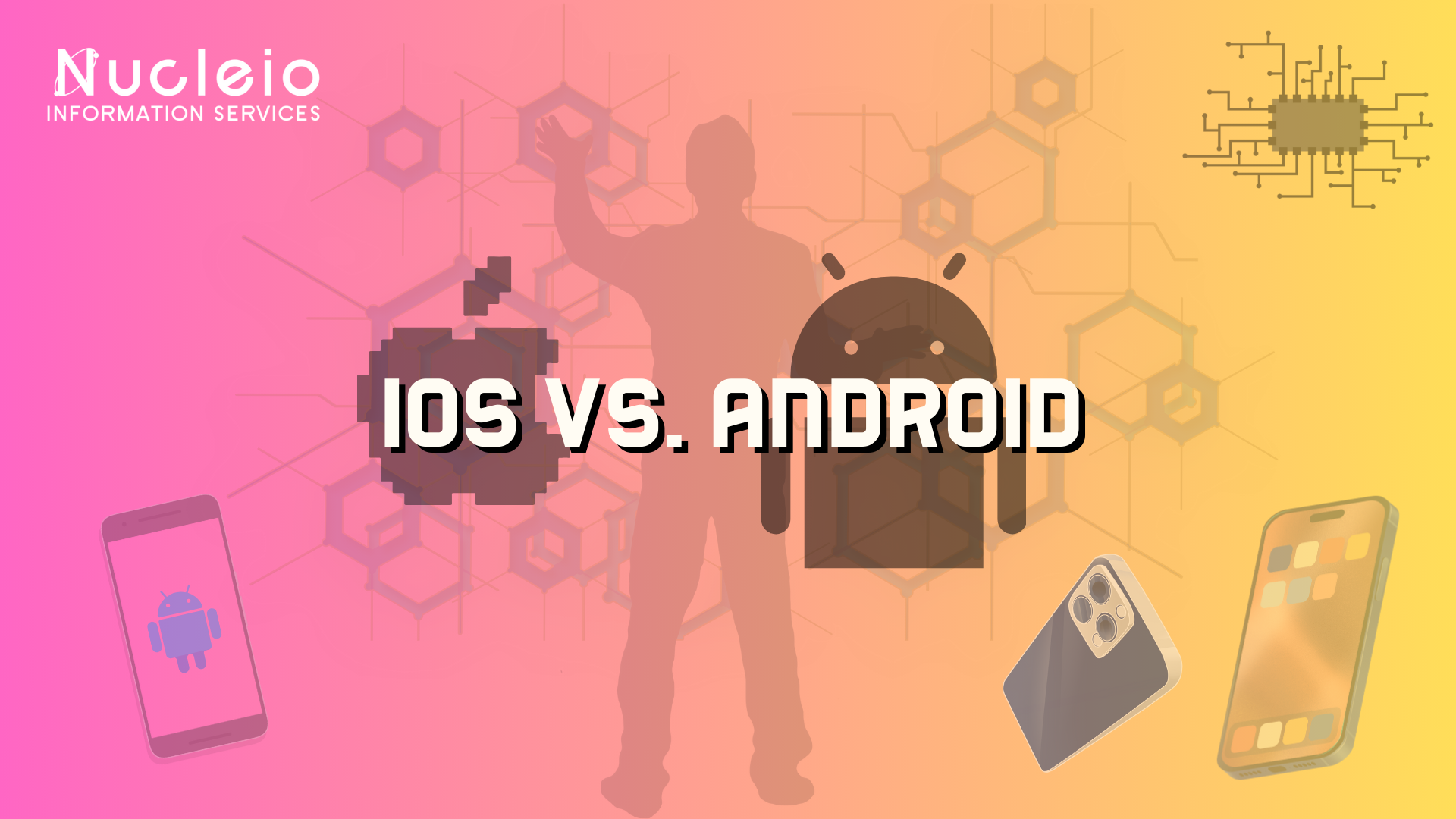In the modern world of smartphones and mobile operating systems, two giants stand out: Apple’s iOS and Google’s Android. These two platforms dominate the global market, powering billions of devices and shaping the digital landscape in profound ways. In this blog post, we’ll delve into the fascinating world of iOS and Android, exploring their origins, key features, strengths, weaknesses, and the ongoing battle for supremacy in the mobile arena.
The Origins of iOS and Android
iOS, developed by Apple Inc., made its debut in 2007 with the launch of the original iPhone. Designed from the ground up to offer a seamless and intuitive user experience, iOS quickly gained popularity for its sleek design, robust security features, and tight integration with Apple’s ecosystem of hardware and software products.
On the other hand, Android, developed by Google, was unveiled in 2008 as an open-source mobile operating system aimed at providing a customizable and accessible platform for smartphone manufacturers. Built on the Linux kernel, Android rapidly gained traction among device makers and consumers alike, thanks to its flexibility, scalability, and extensive app ecosystem.
Key Features of iOS and Android
iOS
- Sleek and Intuitive Interface: iOS is known for its elegant and user-friendly interface. Characterized by smooth animations, clean typography, and minimalist design elements, it provides an aesthetically pleasing and straightforward user experience.
- Moreover, iOS offers tight integration with the Apple ecosystem. It seamlessly connects with other Apple products and services, including iCloud, iMessage, FaceTime, and Apple Pay, thereby offering a cohesive user experience across devices.
- In addition to its interface and integration, iOS prioritizes robust security and privacy. With features like Face ID, Touch ID, app permissions, and encrypted messaging, it ensures the protection of user data.
- Finally, iOS delivers optimized performance and efficiency. It offers smooth multitasking, fast app launch times, and consistent software updates across devices, ensuring a high-quality user experience.
Android
- To begin with, Android offers unparalleled customization and flexibility, allowing users to personalize their devices with custom launchers, widgets, themes, and third-party apps.
- Furthermore, Android powers a wide range of devices from various manufacturers, offering consumers a diverse selection of smartphones, tablets, and wearables to choose from.
- Additionally, Android’s open-source platform encourages innovation and collaboration, enabling developers to contribute to its development and customize the operating system to suit their needs.
- Finally, Android integrates seamlessly with Google’s ecosystem of services, including Gmail, Google Maps, Google Assistant, and Google Drive, thereby providing users with a seamless experience across devices.
Strengths and Weaknesses of iOS and Android
iOS
- Strengths: Seamless integration with Apple ecosystem, robust security and privacy features, optimized performance, consistent user experience.
- Weaknesses: Limited customization options, restricted app store ecosystem, premium pricing for Apple devices.
Android
- Strengths: Extensive customization options, diverse hardware selection, open-source nature, integration with Google services.
- Weaknesses: Fragmentation across devices and versions, potential security vulnerabilities, inconsistent user experience across manufacturers.
The Battle for Supremacy
The competition between iOS and Android continues to intensify as both platforms vie for market share, innovation, and user loyalty. While iOS maintains a stronghold in markets like North America and Europe, Android dominates in emerging markets and boasts a larger global market share overall.
With each new iteration, both iOS and Android introduce innovative features, enhancements, and improvements to stay ahead of the curve and meet the evolving needs of users.
Conclusion
In the epic battle between iOS and Android, there’s no clear winner—each platform has its strengths, weaknesses, and dedicated fan base. Whether you’re a die-hard Apple enthusiast or a staunch Android advocate, one thing is certain: the competition between these two tech titans drives innovation, fuels creativity, and ultimately benefits consumers by pushing the boundaries of what’s possible in the world of mobile technology. As the rivalry rages on, we can only sit back and watch as iOS and Android continue to shape the future of the digital world.

